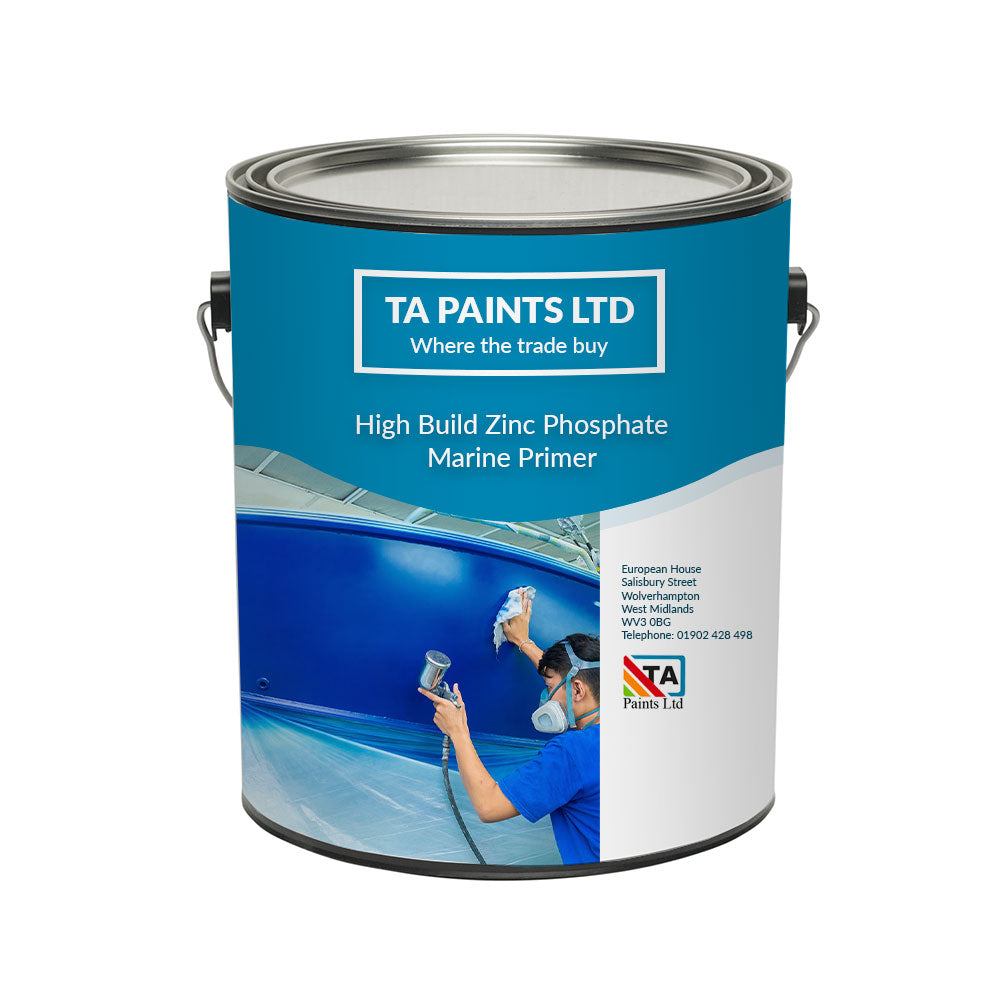
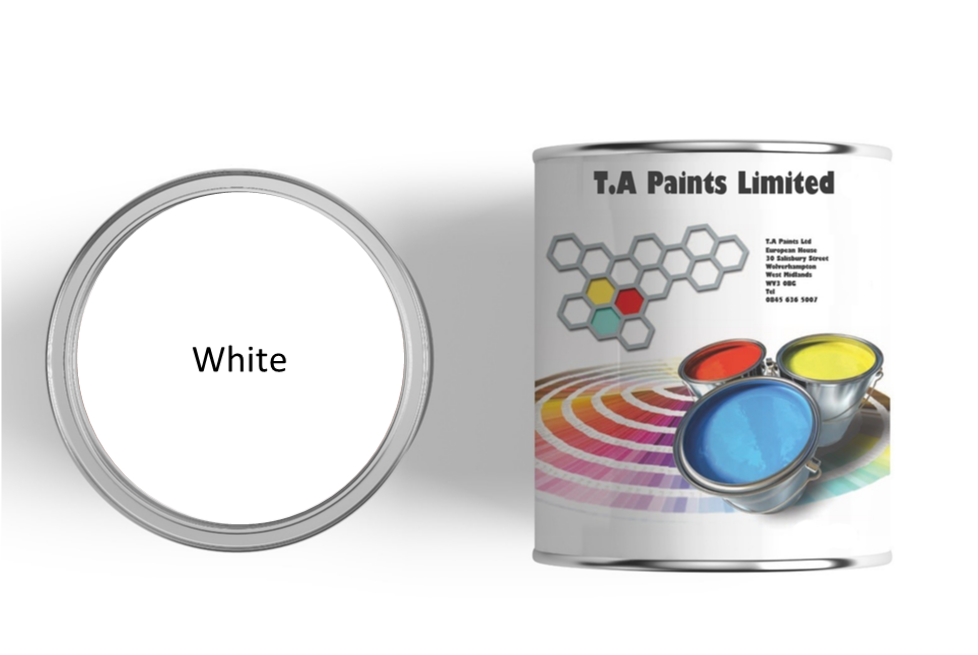
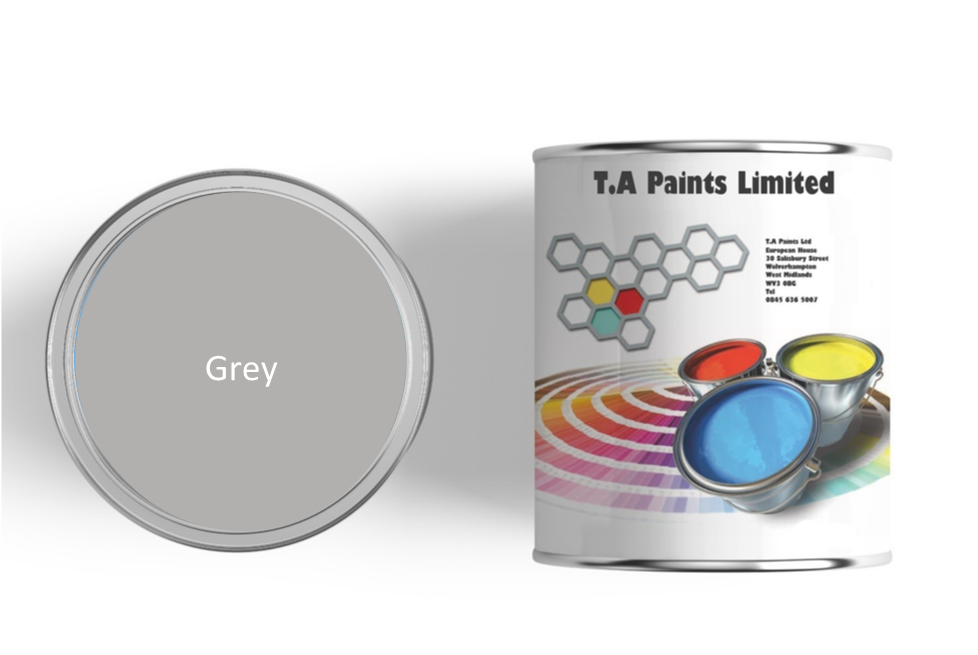
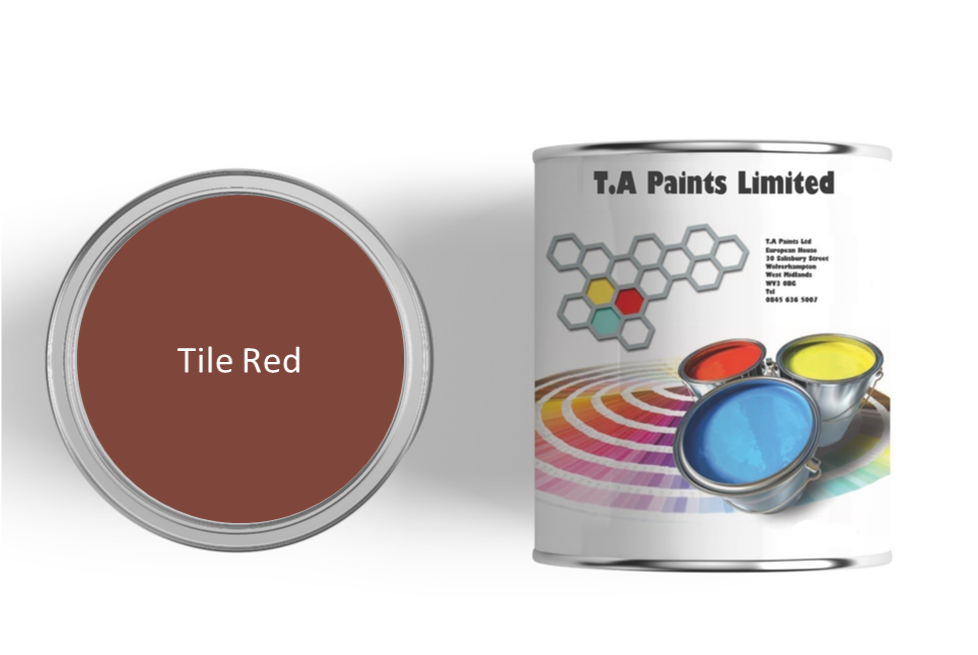
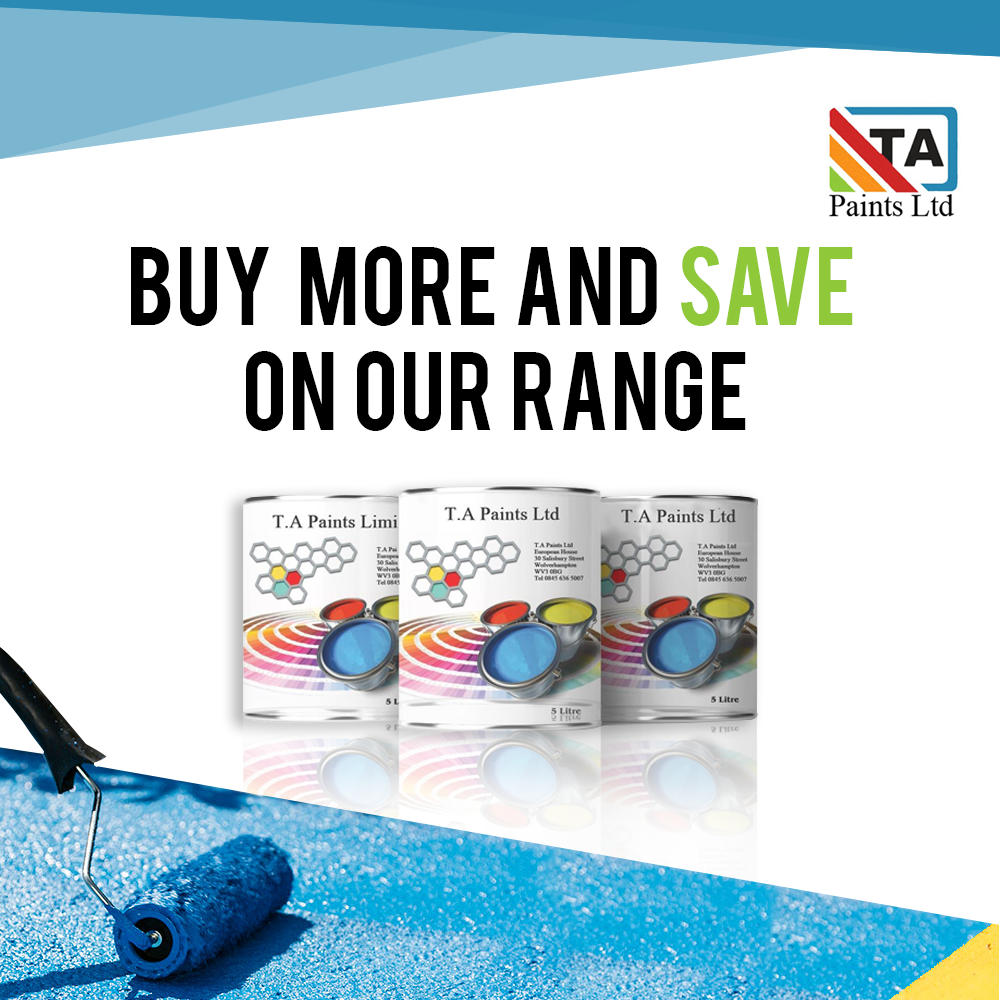
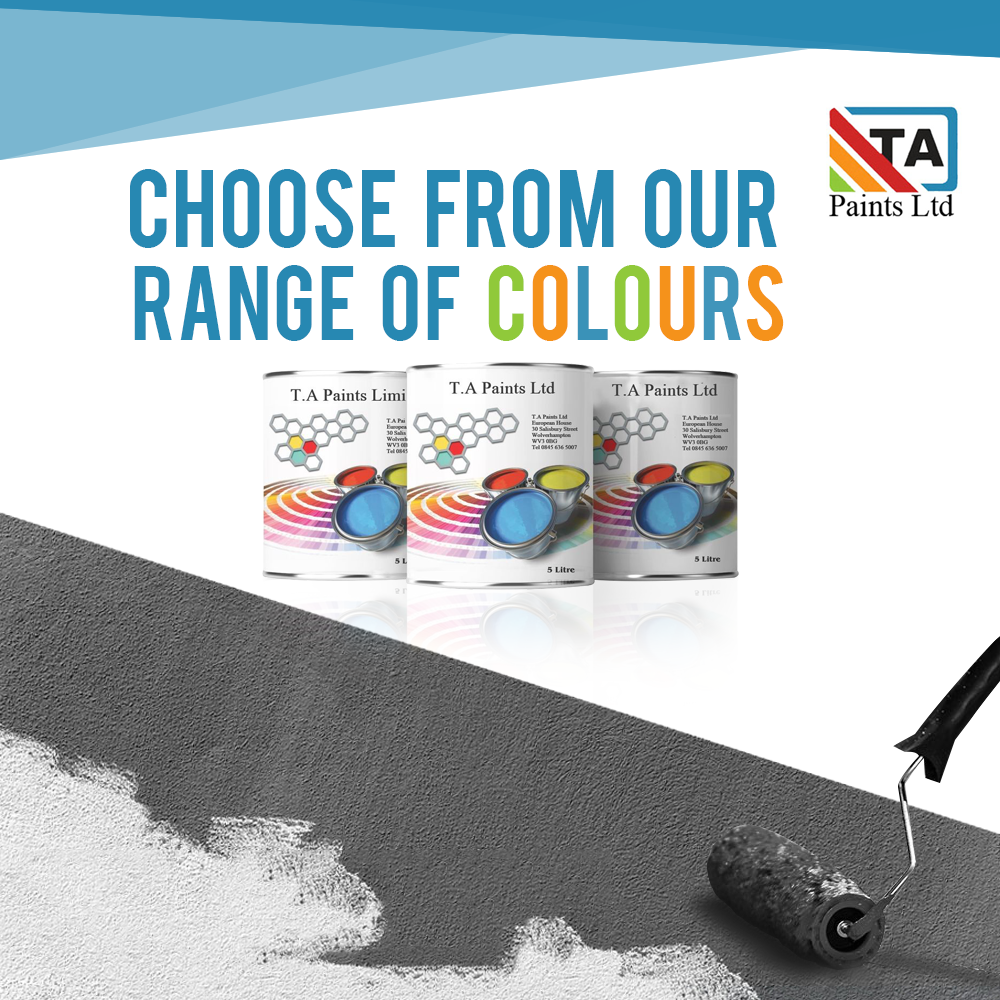
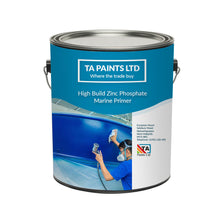
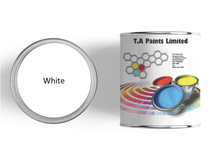
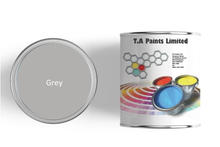
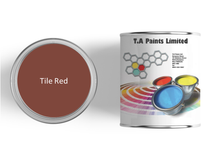
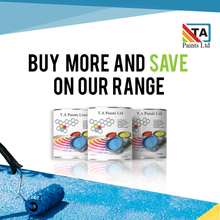
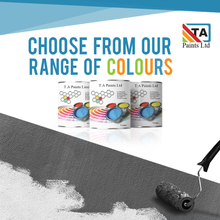
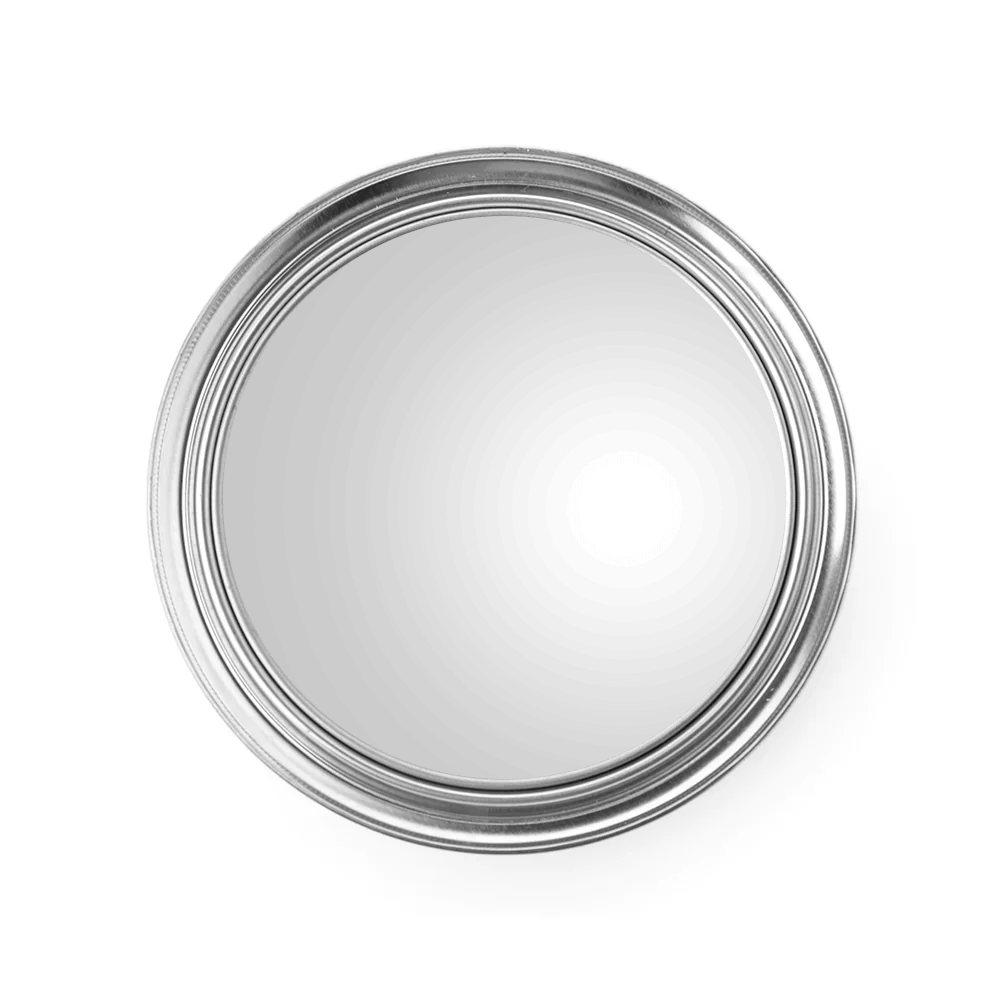
Advice Line
Need more information about our products? Give us a call on 01902 954948 or email us at sales@taindustrialpaints.co.uk
Marine Boat Primer Paint
3 Colour(s) Available
- Application By Brush Roller & Suitable Spray
- Fast Dry Time In as Little as 2-4 Hours Touch Dry
- For Use Above & Below The Waterline
- Multi Purpose Polyurethane Marine Primer Undercoat
- Multi-Buy Discounts
- Free Delivery Available
- Regular price
- £48.99 Inc. VAT
- Sale price
- £48.99
- Regular price
-
- Unit price
- /per
Find Your Perfect Colour

Adding product to your cart
Advice Line
Need more information about our products? Give us a call on 01902 954948 or email us at sales@taindustrialpaints.co.uk
This product is not suitable for the following
- Tiles of any sort
- Unprimed plastic
- Bare aluminium (you will need a suitable etch primer)
- Untreated galvanised steel (Mordant solution first)
- A hot surface that reaches above 106 degrees (C) (you will need high temperature paints)
The colours shown on the images are for guidance only. The displayed colour will depend on your monitor and browsers. The finished colour therefore may not be as shown here.
All pictures are for illustration purpose only - 1 & 2.5 Litre cans are not screen-printed cans.
Description
Marine Boat Primer is a versatile, high-performance primer designed for both bare metal surfaces and to enhance existing painted surfaces. Perfect for metal as this primer provides excellent corrosion resistance and strong adhesion, ensuring a durable foundation for topcoats in harsh marine environments.
Ideal for refinishing projects, this primer effectively covers patchy or unevenly colored areas, creating a smooth, even base for the topcoat application. It's especially useful when changing colors from dark to light shades, ensuring optimal coverage and color uniformity. Whether you’re working on boat hulls, decks, or marine equipment, our Marine Primer delivers a reliable and long-lasting surface, ready for a flawless finish.
About This Item
- RUST PREVENTATIVE: Excellent adhesion and corrosion resistance for metal.
- OVERCOATING EXISTING PAINT: Ideal for use over existing paint, providing a smooth, even base and uniform colour ready for top coat.
- DRYING TIME: Touch dry in 2-4 hours, overcoat in 12-24 hours.
- COVERAGE: Approximately 8 square metres per litre. This does not account for the method of application, absorption of substrate or wastage.
- APPLICATION: Apply by brush or solvent-resistant medium pile rollers. This can aslo be sprayed.
- THINNERS: T0001 White Spirit.
- SHELF LIFE: 12 months.
Proudly manufactured in England by B.C. Paints Ltd. Please note that images and product titles are for advertising purposes only; tins are supplied in BC Paints logo cans or plain white cans for 0.5, 1, 2.5 and occasionally 5 litre sizes.
Application
Before starting, have your PPE ready, as our paint is oil-based and will not wash off easily with soap and water.
Ensure you have good ventilation to allow vapour to escape; ventilation is also necessary to maintain drying times. Without air movement, the coating won’t dry properly.
Be sure to stir the paint well before use.
Painting Bare Metal:
Step 1 - Prep: Ensure the substrate is completely dry and free of any dirt, oil, or grease by using a degreaser.
Step 2 - Prime: Apply one coat of this primer.
Step 3 - Topcoat: Once the previous steps are complete, apply your first coat of top coat within 12-24 hours. Wait another 12-24 hours before applying the second coat.
Painting Over Existing Paint:
Step 1 - Preparation: Check the suitability of the product for the existing paint. We recommend trying a sample area first.
Step 2 - Clean and Abrade:
- Ensure the existing paint is in good condition prior to painting, then lightly abrade to provide a key for good intercoat adhesion.
- If there is flaking paint, it must be removed before painting.
- Ensure the substrate is dry and clean of any dirt, oil or grease.
Step 3 - Prime: Apply one coat of this primer.
Step 4 - Topcoat: Once you have completed the previous steps, 12-24 hours after applying the primer, you can add your first coat of topcoat. Wait another 12-24 hours before applying the second coat.
Primers
Fibreglass: If the fibreglass is bare, you will need a fibreglass primer. Use a two-pack epoxy fibreglass primer or single-pack fibreglass primer.
Galvanised Steel: After treating the galvanised steel with Mordant Solution (T-Wash), you will can use this primer.
Etch Primer: Use one pack etch primer.
Aluminium: The suitable primer for aluminium is two-pack etch primer.
Plastic/UPVC: Use UPVC Primer or a two-in-one primer and topcoat.
Mixing
Always stir any paint well before use, as our coatings are heavily pigmented and separation can easily occur. You may experience colour float; for example, a green paint can appear blue before mixing. This is one of the reasons why mixing your paint before use is essential.
- Use a mixer on a slow-running drill or a palette knife on smaller cans to mix the paint. An egg whisk, screwdriver, or small stick that doesn’t reach the bottom of the can is insufficient for proper mixing.
- Mixing should take place for 3-5 minutes.
- If you are adding thinners; they will need to be added once stirred.
Paint mixers are available to purchase. Click here to buy one.
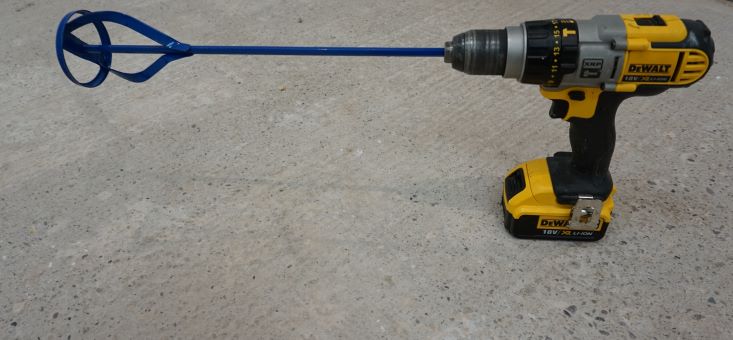
Spraying
Ensure you have the correct RPE, to protect against atomised particles that are being generated when spraying.
If applying with a pot gun:
Use a 1:8 to 2:0 tip setup and thin by 10% if required. More thinners may be added to achieve good atomisation and improve the flow of the paint, resulting in a better finish.
Air-assisted or Airless system:
Use an 11-13 thou tip (no thinners are usually required). If thinning is necessary, use around 10%. Set air and paint pressures until good atomisation is achieved and fingering (lines in the spray) have blended in.
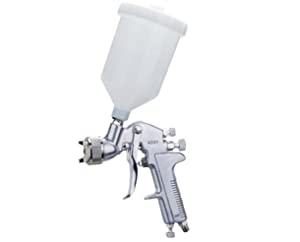
Calculate Your Solvent Paint
Total Sqm:
Quantity Needed:
Quantities are approximates per coat, we cannot allow for wastage and or any absorption that may occur with porous substrates.
Total Sqf:
Quantity Needed:
Quantities are approximates per coat, we cannot allow for wastage and or any absorption that may occur with porous substrates.

